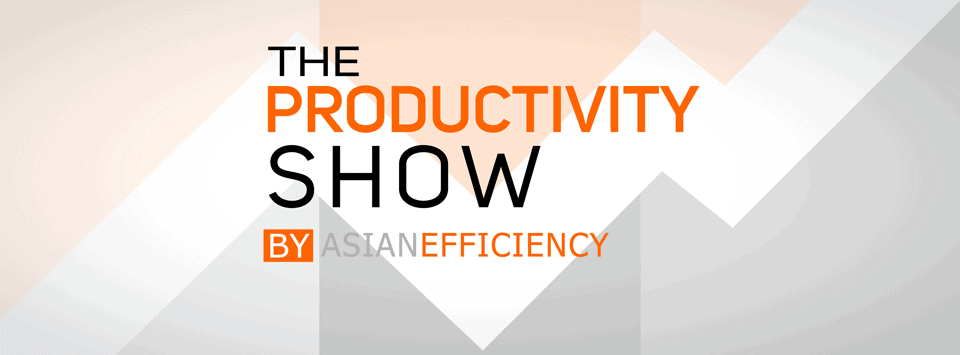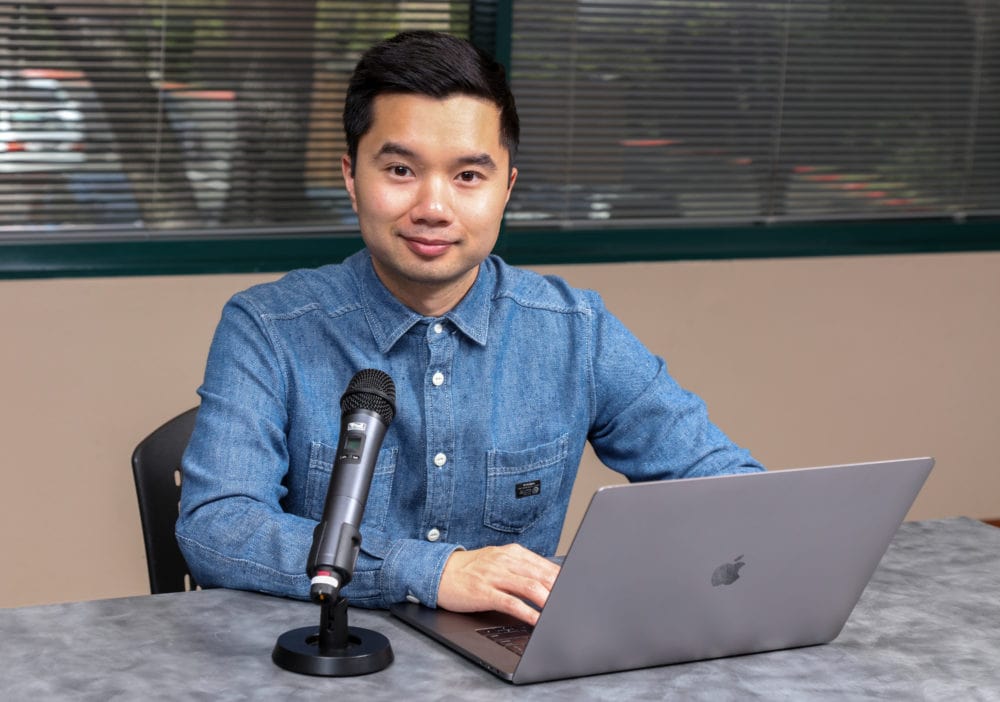
In 2015, we released the first episode of The Productivity Show. Initially, I was against launching the podcast. Asian Efficiency, at that time, was growing fast and we had a lot of initiatives and projects running at the same time. Our focus started to spread thin and the last thing we needed was a new initiative.
For months I said no but team members kept pushing for this initiative. Eventually, I caved in and gave the green light to launch The Productivity Show.
Let me tell you…I wish we had launched earlier! Knowing what I know now and how the podcast has impacted people all over the world, I wish we started earlier.
Four years later, we’re the #1 productivity podcast with a new episode coming out every Monday. We recently surpassed 7 million downloads and here’s how we did it.
1. Publish Every Week
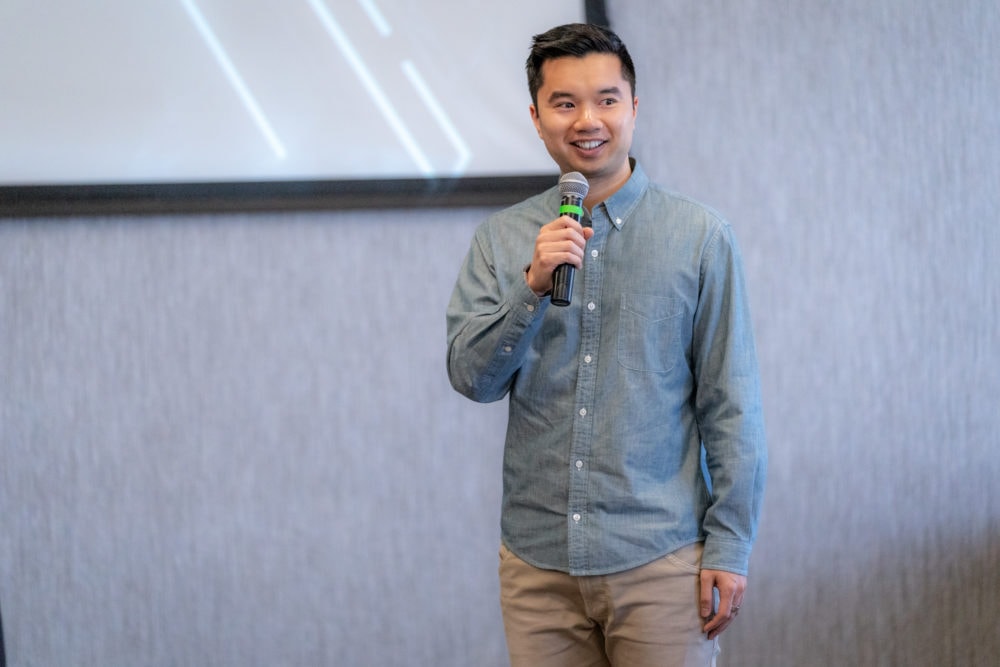
In the four years of running The Productivity Show, we’ve never missed a weekly episode. Listeners can expect a new episode every Monday morning. To keep this production schedule alive and running, you have to have systems in place.
You cannot just wing it and hope that you’ll have a new episode every week. Especially when you have team members, like yours truly, who love to travel for extended periods of time, take time off, and enjoy life outside of work.
After many iterations of how we run our content schedule, we found a great system that works for us. Every quarter we plan the next four months of content. That means we know exactly which topic we’re covering for each week. By planning for four months, we give ourselves a month of buffer time in case we miss deadlines and production issues come up. People might be sick, on leave, travel the world or not be available on certain recording days. By having that extra month, we have a margin for error where we can move and shift things around.
By having a new episode every week, we’ve been able to slowly grow our listener base over time. There was no crazy J-curve growth for The Productivity Show. Just slow and steady over time when people are referring other people to listen to the show or search for specific topics.
2. Get Creative with Episode Titles
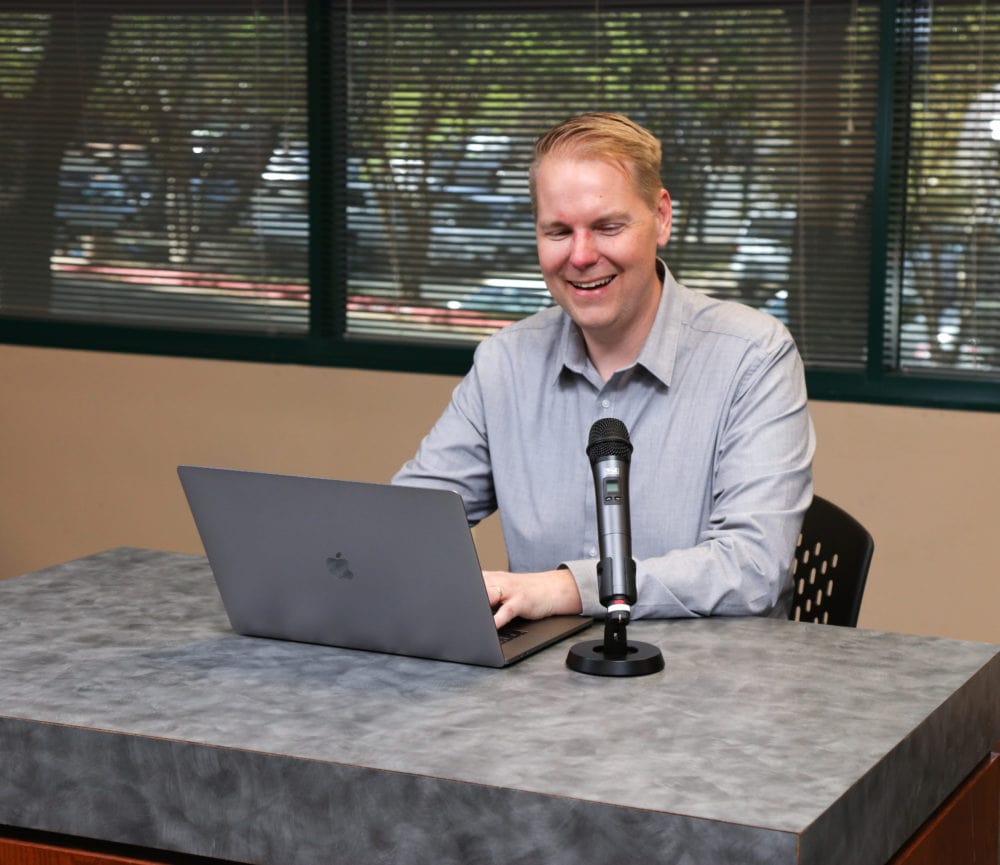
A while ago, I was at a conference where I met a lot of people who happen to listen to the The Productivity Show. As the CEO, I’m always interested to learn about what’s going on in our industry, what our customers need, and how we can continue to serve them. So I started asking them questions about the podcast. I asked them these questions:
“How many podcasts do you listen to? Which ones?”
“How do you determine what to listen to?”
“How do you discover new podcasts?”
If you’re a podcaster, you should ask these questions to your current listeners but also other people (who listen to podcasts). Each time I ask these questions, I gain a lot of insight.
One of them was how people determine whether they should listen to an episode. Not everyone is subscribed to a podcast that automatically downloads every episode. That’s the minority of people. Most people listen ad-hoc to an episode that they seem interested in and it’s primarily based on the “topic”.
But the “topic” (I put that in quotes for a reason) is their word for attention-grabbing titles. If your podcast title is not attention-grabbing, they’ll gloss over it and move on to the next podcast.
There are boundaries to this. When someone is willing to invest an hour of their time to listen to your content, you better deliver what you promised. Clickbait titles are a no-go in my opinion. We try to stay away from them as much as possible. However, it’s worthwhile to spend time learning about how to write compelling headlines (copywriting) so you can make your episodes stand out.
We have a process right now where every team member involved with the podcast has to submit at least 3 titles for the podcast. This typically generates 9-12 titles before we pick the final one. Each team member has gone through basic copywriting courses and books to learn how to write compelling titles.
While it’s hard to attribute how much impact this has made directly on our growth, we can see from our data that some podcast episodes get bigger download numbers than others even though the topics were very similar.
It’s worthwhile spending time coming up with great titles for your episodes. I recommend generating at least 10 titles before you decide on the final one.
3. Make What People Want

One of the toughest jobs as a podcaster is figuring out what to produce. What do people want to hear about? How can you best serve your listeners?
Well…ask them!
We run surveys every now and then to figure out what our listeners want. We get a lot of great ideas from there and we’ll prioritize the popular requests to be at the top.
Then there’s past data that can help too. Based on past episodes, you might see that certain topics perform better than others. We’ll go to Libsyn (our podcast host) and look at episodes that have high engagement and download numbers. Sometimes these episode might be old and we’ll address the same topic but give it a new spin or add to it.
Then there’s the old school tactic of meeting people in person and discovering what they need. That’s why every time I’m meet listeners in person, I always ask them questions about their life, their desires, needs and how we can serve them. I’ve gotten so many ideas from doing this that led to some of our most popular episodes.
At the end of the day, your listeners want to hear from you because you are helpful and you serve them. You do that by creating content that they want. As a podcaster, it can be challenging to figure that out if you don’t have a means to connect with listeners outside of your podcast medium.
For those who don’t have podcasts – this medium is notoriously known for having low follow-through. Meaning, if you tell people on the podcast to email you with your ideas, maybe 1 in 10,000 people will do that. So if you have a small podcast, it’s hard to figure out what to produce when you get little feedback.
Luckily for us, we have an audience via our newsletter, social media, in-person and I also regularly talk to our customers on a call. We also have a weekly meeting where we go over customer feedback (stuff that people submit to us on social media, via customer support tickets, etc) and we review them with all our team members. This helps us look for ways to improve our customer experience but it also sparks a lot of ideas for podcast topics. Once we see a trend of similar challenges or questions that people have, we usually turn that into a podcast episode. This is one of the many reasons why people will often tell us “you read my mind, I wanted this!” so often.
This is just good business practice. You have to be in tune with the market and the only way to do that is to spend time in the market.
4. The Productivity Show Is Simple, Actionable and Entertaining
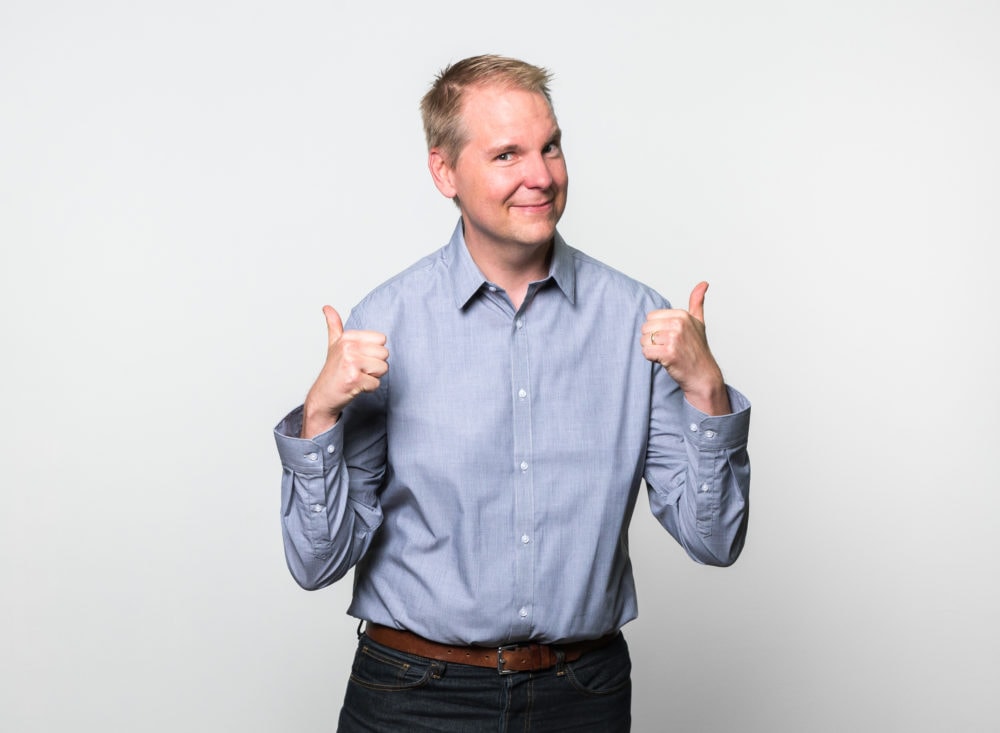
Most people listen to a podcast to get an education. At least, that’s what they’ll tell you. Secretly, they also listen because they want to be entertained and to kill time.
At Asian Efficiency, we love teaching. It’s our business to teach and help others get what they want in life in the shortest amount of time. When we first started the podcast, we were very hardcore about the content. Everything had to be actionable, value-driven and always cutting-edge. A lot of people did like that.
But over the years, after talking to many radio hosts, podcasters, and people in the entertainment business I’ve also learned that people consume podcasts because they want to be entertained. When you’re in the car, at the gym, or running an errand – sometimes you just want to relax and not fill up your brain with knowledge bombs. Once we embraced the entertainment factor of the podcast, we started to share more personal stories, jokes, and little tidbits of entertainment to make it more fun for the listeners.
This is what kept people coming back because now they can relate to you. Instead of being this “guru” that knows it all and tells you what to do, you know have a friend that’s entertaining to listen to and is always willing to share information that’s helpful too. Marrying the two is what brought people to come back every week to the point that we have more raving fans than ever before.
However, we always kept our signature promise of our podcast and that was everything we produce has to be simple and actionable. It’s part of the Asian Efficiency brand. Whenever you purchase anything from us, you know it’s going to be simple and actionable. The podcast is no different. We always want you to walk away with at least one action step that you can take. At the end of the day, if people are getting results from our podcast, we know it’ll help us grow. 7 million downloads later, I think we can say that it’s working.
5. Introduce Sponsors
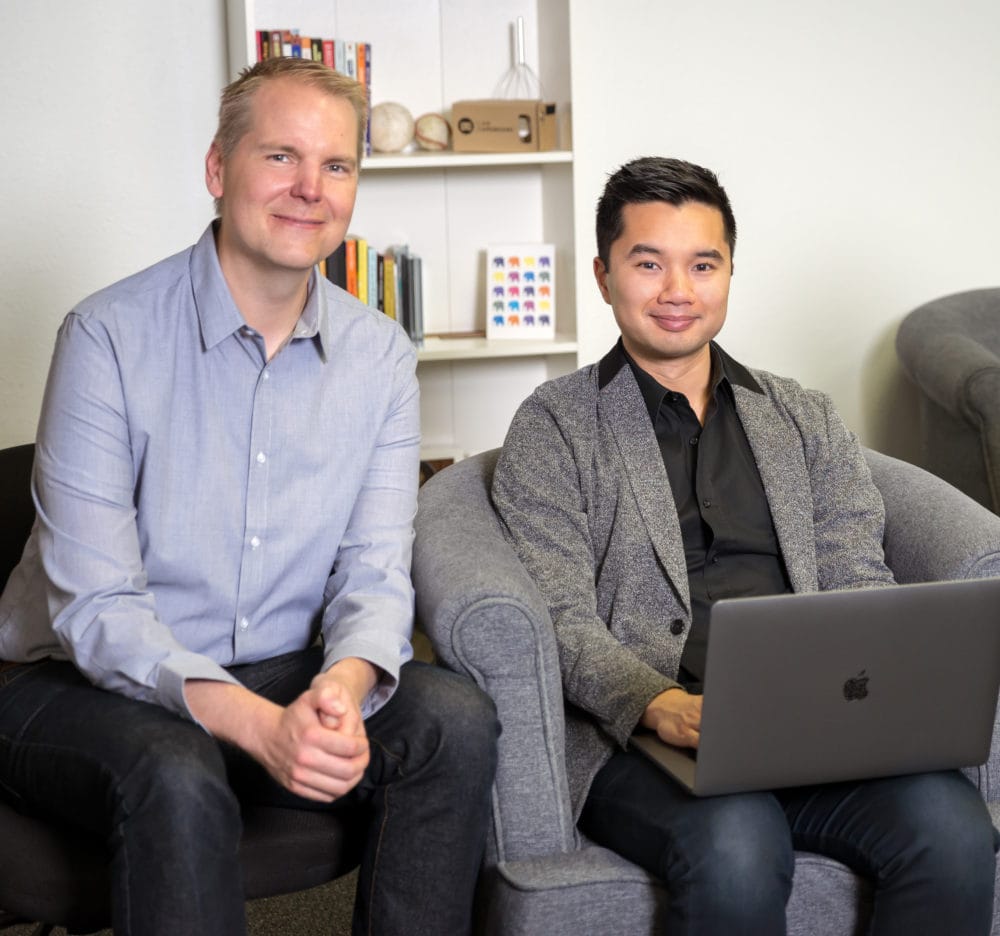
For the first two years, we didn’t have any sponsors for The Productivity Show. We didn’t know what it would take to build a successful podcast until we started releasing episodes.
Somewhere in year two, I realized that producing a great episode costs a lot of time and money. There’s a lot of research that goes into it (see my points earlier), production, labor, and love that goes into each podcast episode. To put it in perspective, each podcast costs us over $1,200 to produce. Luckily, that’s on the low-end thanks to all the streamlined systems we’be built to save costs and time. My point being, it’s expensive to produce a great podcast. It costs us over $60,000/year to produce The Productivity Show.
Contrary to popular belief, our sales didn’t grow as a result of introducing the podcast. This medium is known to be a great engagement medium but a terrible sales channel. Every time we release a new episode, our sales numbers don’t really move.
After much deliberation, we were at a crossroads. We love the podcast, it’s growing, and the listeners love the content. But it’s expensive and it doesn’t have a return on investment.
We’ve come close to killing the podcast a few times. Economically, it just didn’t make any sense. I started to see it as a distraction from everything else we could be doing that would help grow revenue and the company.
So as a final experiment, we thought we would try introducing sponsorships to the show. Based on the economics, it would make the podcast a profit center and our hope was that it wouldn’t affect the quality and authenticity of the podcast. The only way we could do this is if we personally could vouch for every sponsor. At the end of the day, the trust and relationship with our listeners are more important than a few thousand dollars from a sponsor.
It’s been two years now since we introduced sponsors and this has allowed us to keep the podcast alive. The economics make sense, the podcast has grown in numbers and more importantly – we get feedback from listeners that they like discovering new resources and companies through the sponsorships (knowing that we vetted them). It’s a win-win-win for everyone involved.
Thank You
We couldn’t have grown The Productivity Show without your support. Thank you for tuning in every Monday and allowing us to serve you. We’re really proud of what we’ve built and it’s only the beginning of bigger things coming up.
We also want to thank every person that has been involved with the podcast in the past (Jonah, Zack, Mike, and others). We couldn’t have done it without them.
If you’re not subscribed yet to the podcast, here’s the link to subscribe.

